Anxiety was the common mood of all units at the meeting to discuss contents related to the above project, chaired by the Ho Chi Minh City Department of Transport yesterday afternoon (April 10).
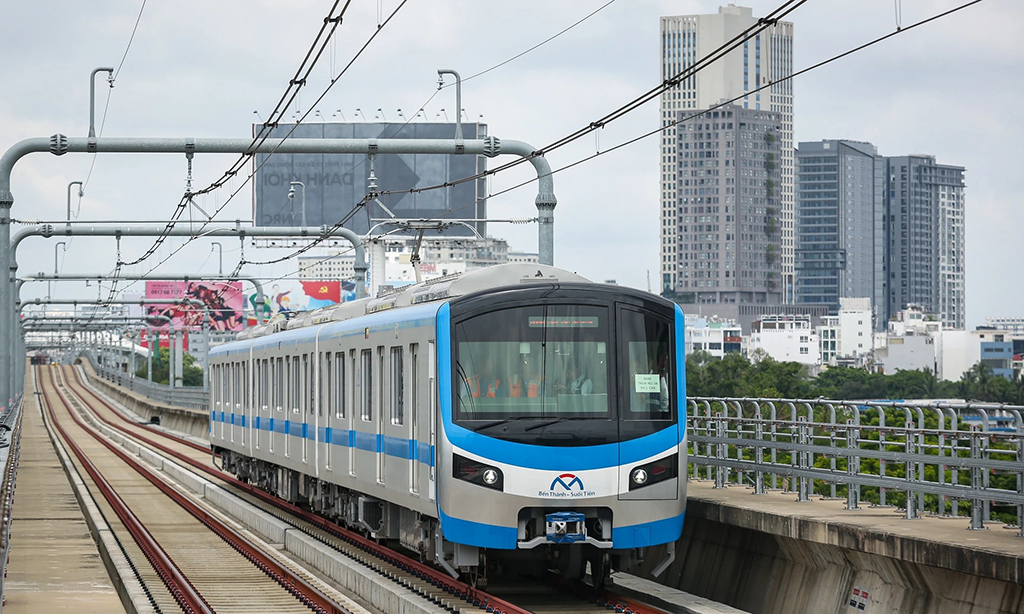
Ho Chi Minh City is planning 8 metro lines and 3 ground tram lines (monorail) with a total length of about 220 km, with an estimated investment capital of nearly 25 billion USD.
Documents are sent continuously but progress is too slow
Speaking at the meeting, Director of the Ho Chi Minh City Department of Transport Tran Quang Lam affirmed that this is a very difficult project, a breakthrough, unprecedented in the country. It is expected that tomorrow, April 12, the Ministry of Transport will meet with Ho Chi Minh City and Hanoi to agree on the outline and method. The goal is to complete the draft project before April 18 and submit it to Deputy Prime Minister Tran Hong Ha before May 10. After that, the Ministry of Transport will submit the project to the Government Standing Committee for consideration and approval before May 25 and the Central Party Office will submit the project content to the Politburo before June 15.
"Time is very urgent, there is no time to hire a separate consulting unit. The Department has mobilized all four leading consulting units in Vietnam to support the units to continue completing the draft. The most important content of the project is the investment and development plan. How many kilometers of urban railway will Ho Chi Minh City build, how many routes, develop the main roads from the center out or from the belt routes in, how long will it take, the capital mechanism, investment procedures... What will happen? Then there is the work of organizing construction and exploitation according to which model... 12 years to build 220 km of metro is a huge challenge. These are the contents that must be clarified so that when the project is approved by the National Assembly , it can be implemented immediately, and work can be started right away. Only then will it be on time", Mr. Tran Quang Lam emphasized.
Reporting quickly on the progress of the project under construction, the representative of the Ho Chi Minh City Urban Railway Management Board (MAUR) said: On February 28, 2023, the Politburo issued Conclusion No. 49. A week later, the Ho Chi Minh City Party Committee Office directed the City People's Committee, departments, and branches to organize the implementation of this conclusion. However, the follow-up work is very slow. "We only have 12 years, a very short time frame, but it took 1 year to have instructions to develop the project. Since December 2023, the Chairman of the City People's Committee has assigned departments and branches to work with MAUR to write the project outline, but so far no department or branch has been able to write the criteria. We have sent out documents continuously, asked for opinions continuously, and have received instructions from the City People's Committee, but in reality, we have not received much results. That is too slow and a waste of time," said the MAUR representative.
Since the beginning of the year, MAUR has submitted the draft project three times, after receiving comments from advisory councils and working directly with departments and branches. However, due to delays from the units, MAUR representatives assessed that the outline and content of the project currently have many problems. There are still two major missing contents: there is not enough input data and impact assessment reports for the proposed mechanisms.
"We recommend that the Ministry of Transport and the two localities agree to shorten both the content and procedures for submitting the project to the Politburo as well as submitting the Resolution to the National Assembly. The project's progress can only be implemented when all the content and procedures have been finalized and resources, human resources, and funding have been determined...", the MAUR representative proposed.
Political determination must be very high to do it!
After listening to the presentation of MAUR, Mr. Tran Quang Lam suggested that the units that had written the project continue to write their own projects, on the basis of coordination and clearly dividing each group of content for each department and branch in charge. "For example, Ho Chi Minh City needs to propose a separate breakthrough mechanism for railways. After the general planning is implemented, the city can immediately establish a detailed plan for the urban railway network without needing all other zoning plans.
Regarding planning, the proposals will be developed by the Department of Planning and Architecture. Or in the implementation stage, China "speedily" formed an urban railway network by skipping the feasibility and pre-feasibility reports... So can Ho Chi Minh City finish planning, set up the project, and organize the bidding right away? This part must be written by the Department of Planning and Investment. Then the land acquisition, compensation and resettlement... are the responsibility of the Department of Natural Resources and Environment...", Mr. Lam emphasized.
Dr. Tran Du Lich - Chairman of the Advisory Council for the implementation of Resolution 98, also agreed with the approach of not hiring consultants and not being perfectionist in building a complete project with all contents. Based on the outline that MAUR has written, the Department of Transport will gather in groups to continue to preliminarily complete the draft project, in time to complete it before April 18 according to the set schedule. In particular, review any specific mechanisms and policies that can be utilized from Resolution 98, then utilize them, only request additional new mechanisms.
According to Dr. Tran Du Lich, MAUR requested 17 specific mechanisms, which can be summarized into 5 groups of contents: The first is decentralization and delegation of authority for Ho Chi Minh City to be proactive from start to finish. The second is a specific mechanism when implementing project construction. With these 2 groups, it is necessary to review each current regulation to see which regulations are not suitable, which policies are still inadequate, and from there make specific proposals. The third group of contents is the capital mobilization mechanism. The project development unit needs to explain each financial mechanism in each stage, in each stage, how much is mobilized, how much is public investment; among those routes, is there any metro line built in the form of public-private partnership (PPP) or not...
The fourth group is developing the railway industry. This is a "difficult" group because the Law on Supporting Industries has been studied for nearly 10 years but has not been implemented yet. Now, just one Resolution requires "embracing" all the content that is not in the law, requiring very careful research and explanation. Finally, the group of management models. It must be determined that the metro system is very difficult to exploit to cover operating costs without having to compensate for losses. In the world, only the metro in Hong Kong can make a profit because they have built TOD from the beginning according to each residential route combined with complete control of personal vehicles. It is very difficult for Vietnam to do the same. Ticket sales are not enough to cover operating costs, so what is a reasonable operating model needs to be carefully calculated.
"This is a very difficult project, more difficult than Resolution 98. From now until next year, will we be able to complete all the procedures so that by 2026 we can simultaneously deploy 2-3 lines at the same time, and by 2035 or at most 2040, we will complete the metro network according to the plan? It must be affirmed that we need very high political determination to be able to do it. This is not only a matter of asking for mechanisms but also a matter of capital sources, changing the entire implementation plan. This is an extremely big challenge!", Dr. Tran Du Lich acknowledged.
Proposal to build more than 500 km of metro, double the current planning
The consulting unit proposed to adjust the total length of the urban railway of Ho Chi Minh City according to the plan from the current 220 km to about 511 km, divided into 10 routes, including 384 stations. Of which, there is 1 belt route and 8 radial routes, invested in the period from now to 2045. According to this proposal, metro line 1 (Ben Thanh - Suoi Tien route) is about to complete 19.7 km, oriented to merge with part of route 3a, extending to An Ha depot (Binh Chanh district) close to Long An province, forming a continuous railway axis running from east to west. At that time, metro line 1 will be up to 40.8 km long, passing through 14 stations and 2 depots; metro line 2 will increase the total length to 65.82 km.
Source link



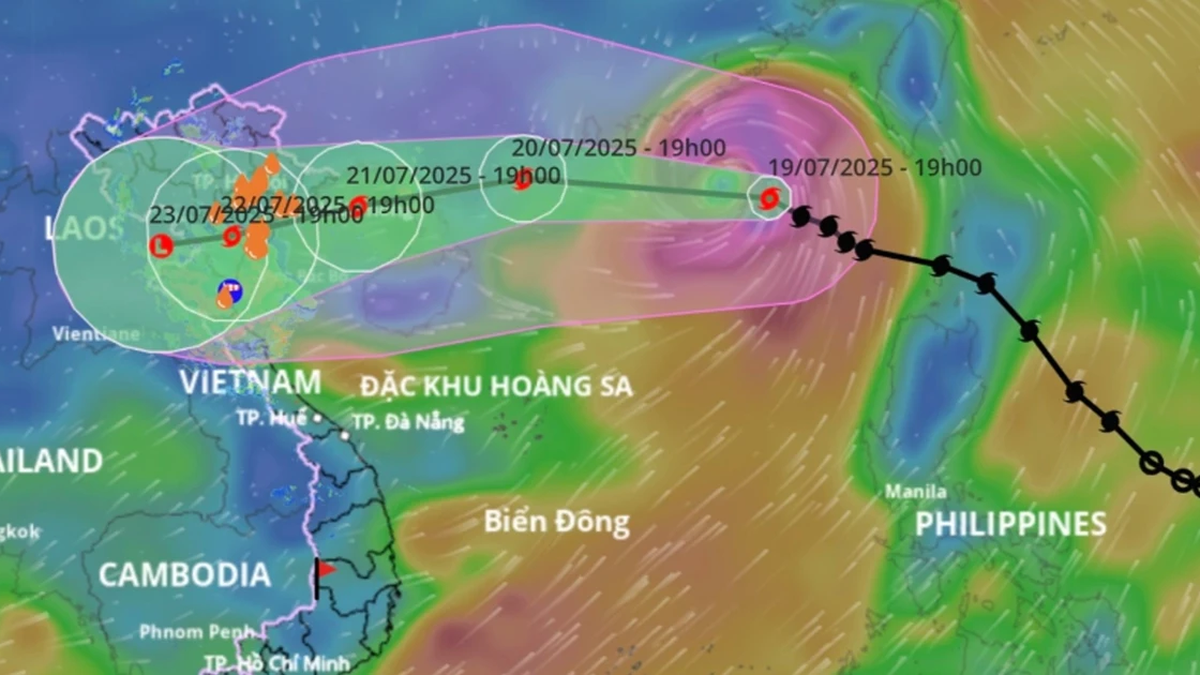
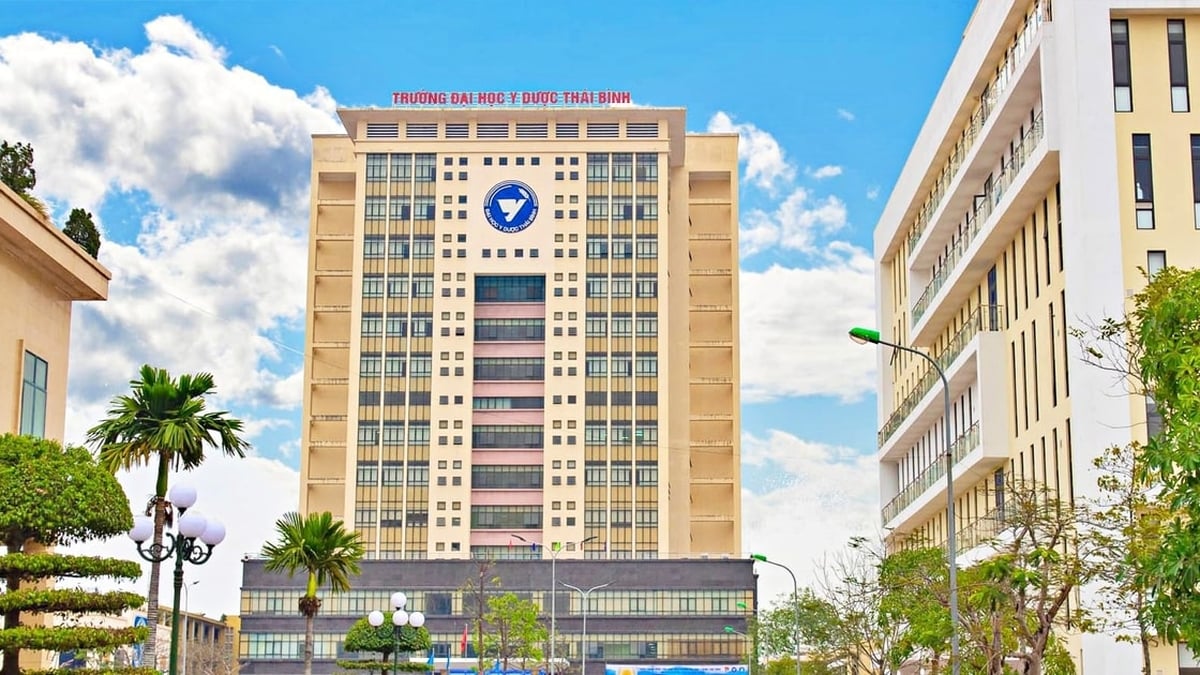
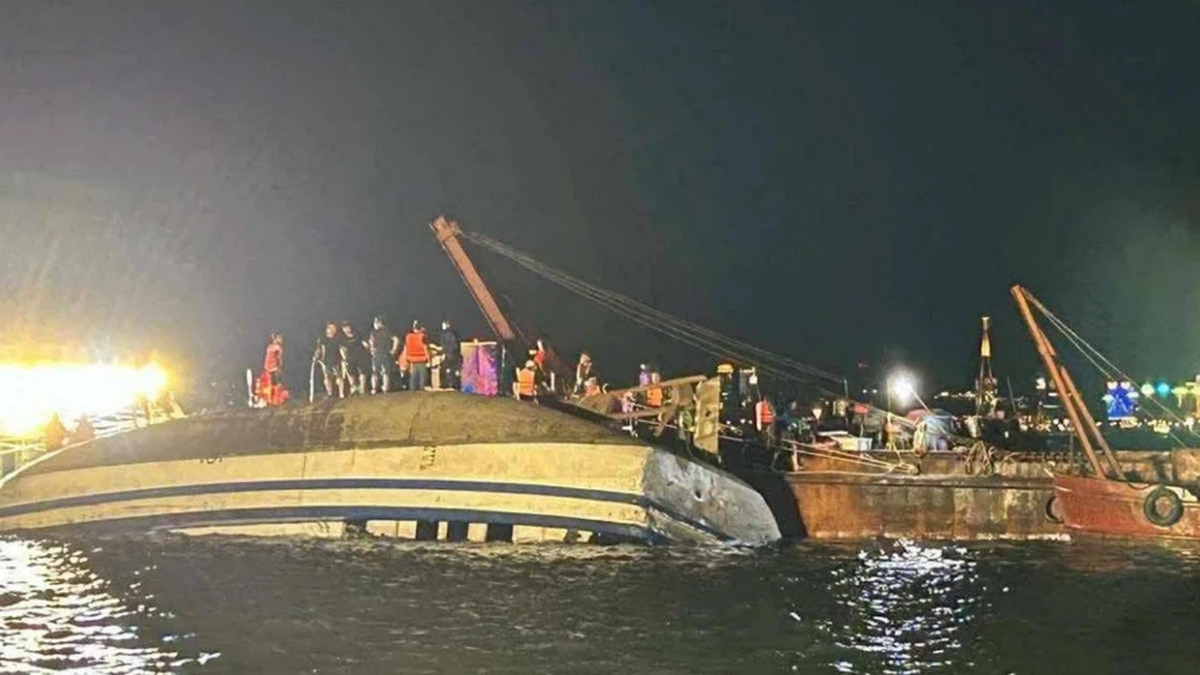

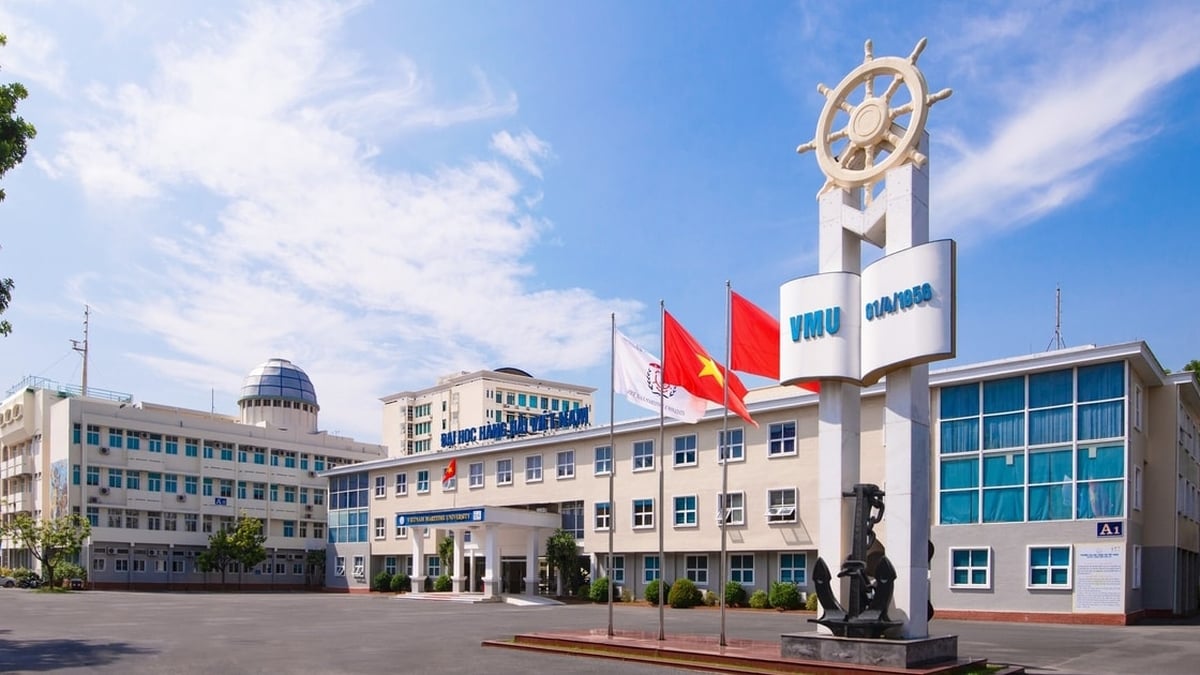
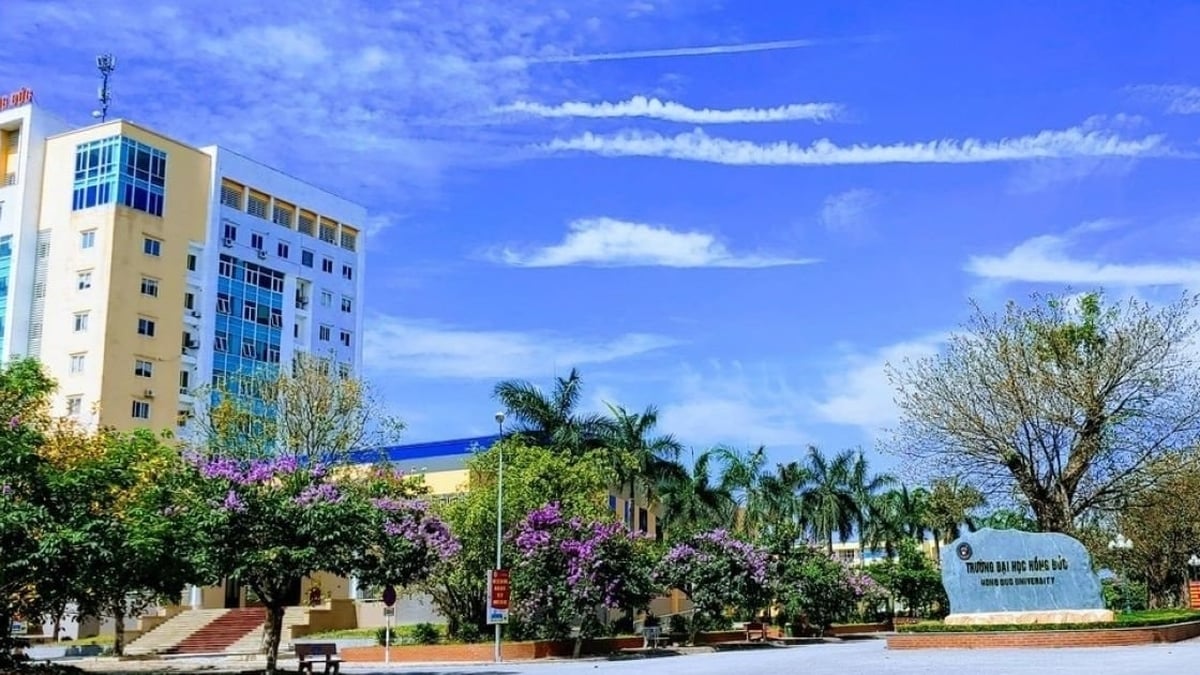

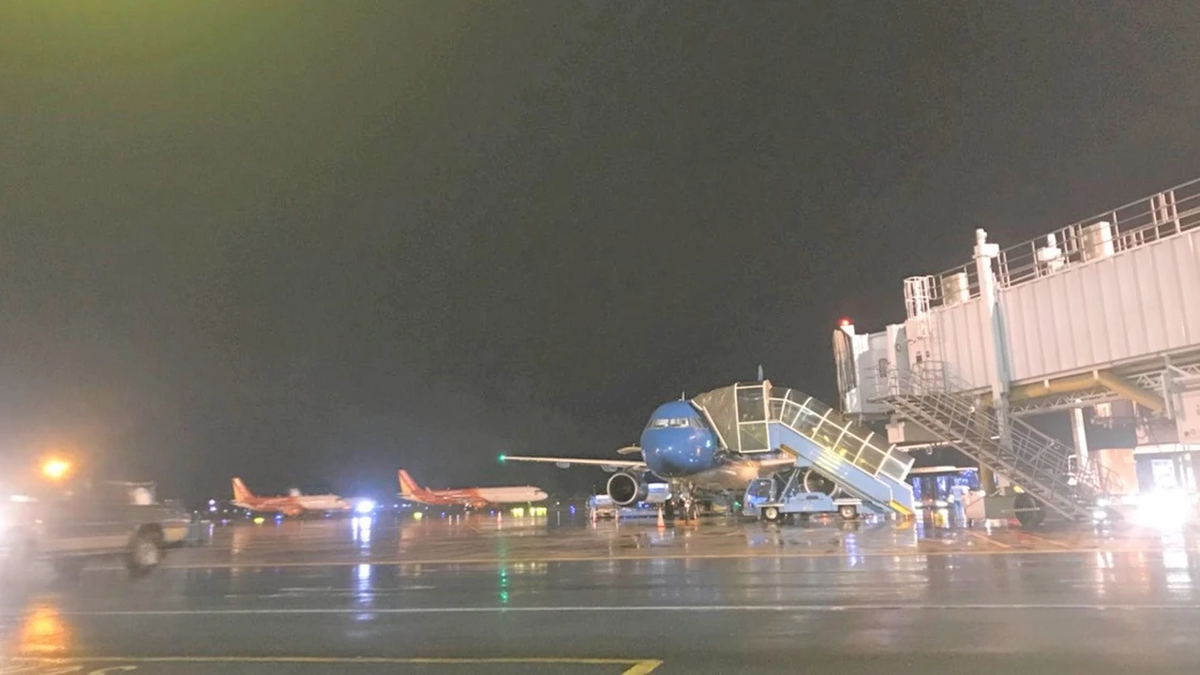
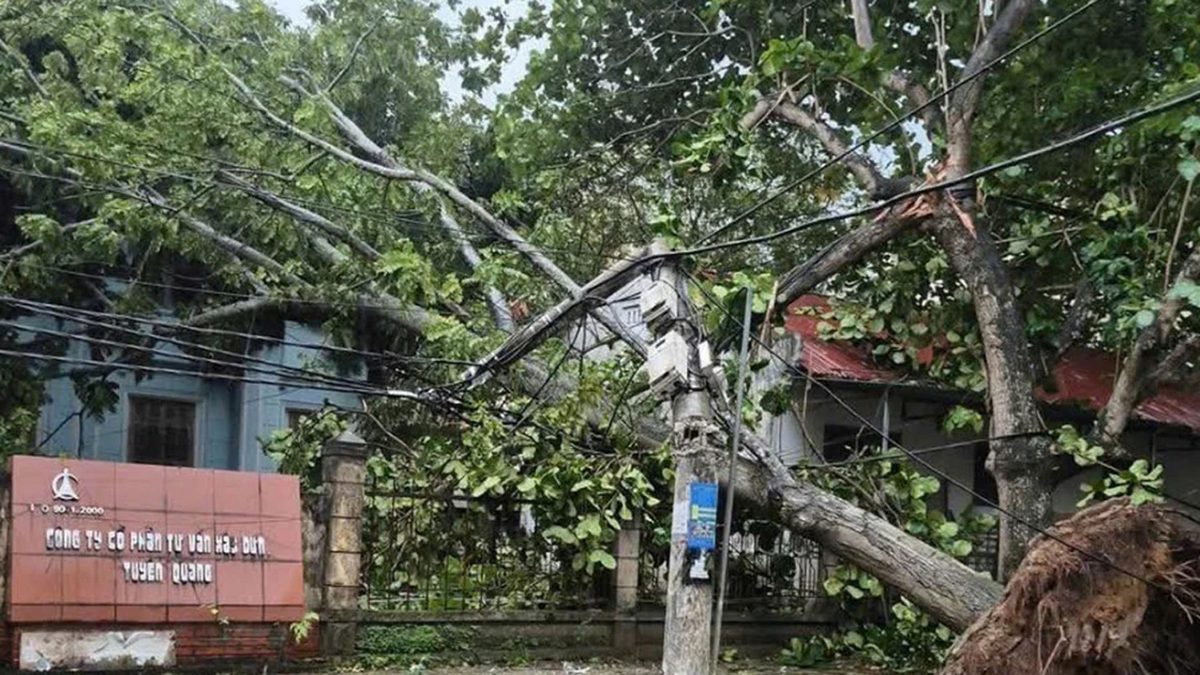





















































































Comment (0)